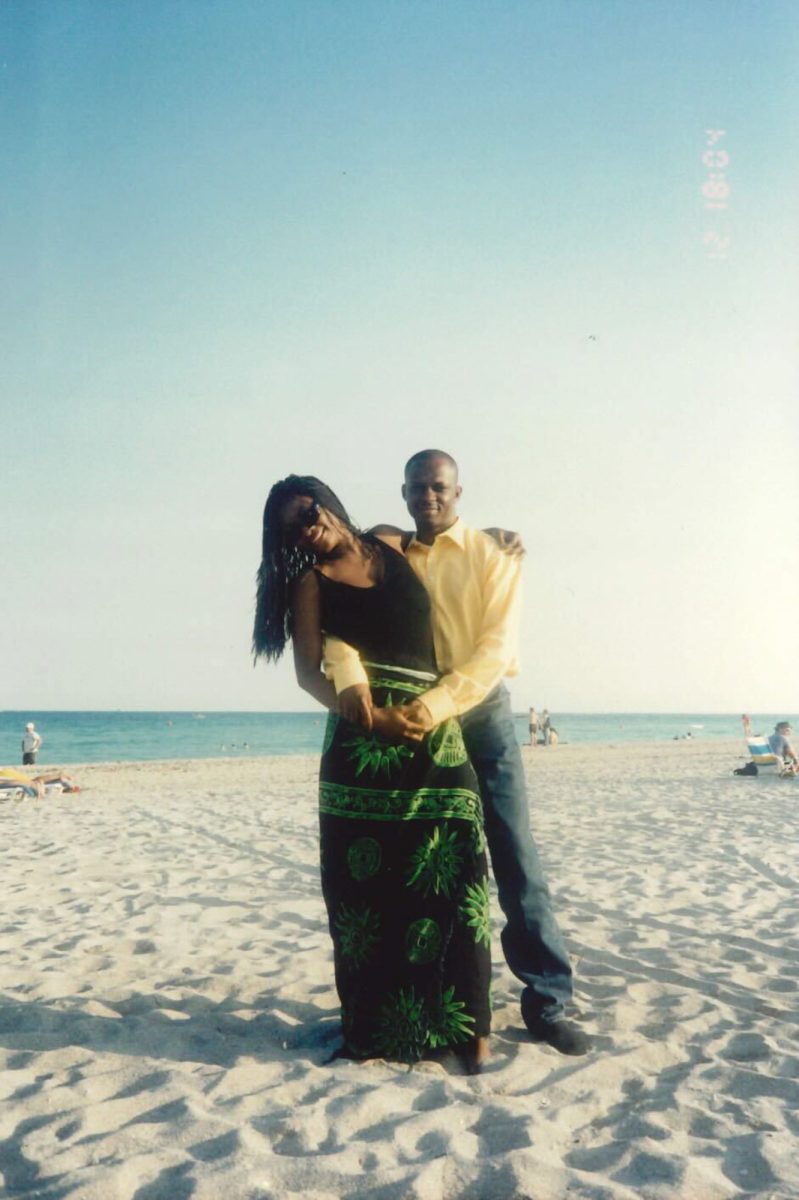The alt-right is understandably scary. Made up of small bands of white supremacist groups bound together by their vicious animosity toward marginalized communities, the alt-right is armed, militarized and angry because they can be. Though groups vary from khaki-wearing “intellectual” white nationalism to backwater Georgia militias defending themselves against an overreaching government, they’ve successfully bastardized two constitutional rights — that of free speech and that of bearing arms.
In many ways, the alt-right operates in a legal gray area. If they’re careful enough not to attract public outrage, they can have websites, publications and talks at college campuses. If they play their cards right, the U.S. government won’t take their guns away.
But the alt-right is a fringe group. They exist on the periphery of society, not at all indicative of American society, principles or promises. People like Richard Spencer, the Parkland shooter and the Austin bomber are exceptions to the general trend, right?
We all wish that were the case. Overwhelming evidence, however, points to something else entirely. In all respects, the alt-right has infiltrated U.S. institutions from schools to law enforcement agencies to local politics. And, for the most part, it’s happened steadily — right under our noses. What’s even worse is that it’s not just an unfortunate detour. The alt-right and old, now-defunct groups they draw inspiration from are a part of our mainstream history.
That’s hard to confront for many people, and understandably so. Nonetheless, the quicker we identify the problem and its scope, the sooner we can address it. Really, the battle only begins when we recognize the pertinence and history of alt-right groups back to the 18th century, and what emboldened them.
To start, nativism and racism stitch American history together as much as the legendary triad of life, liberty and the pursuit of happiness. In fact, the document that breathed life into the revolution — the Declaration of Independence — defined whiteness against blackness and indigenousness. According to early American historian Robert Parkinson, the final grievance — namely, that George III incited domestic insurrection in the Southern states — was meant to bind British tyranny to a population of hostile free slaves on plantations and native Americans on the frontier. American character was defined along color lines: Americanness was equivalent to whiteness, and everything else was designated as “other.” The Constitution, which came a decade after the Revolution ended, only added legal weight to those ideas.
In the 19th century, what historian Natalia Molina calls “racial scripts” were formed. Meaning, the injustices perpetrated against black Americans were almost fitted to other minority groups like the Chinese, Japanese, Native Americans and Mexicans to support a white supremacist regime. In the West especially, the progressive beacon at the turn of the century, Chinese Americans were routinely discriminated against, Native Americans were relocated by force, Japanese Americans were interned and Mexican Americans were labeled “deportable” and “illegal,” among other things. Most importantly, the people that engaged in such discrimination were not peripheral. The U.S. government, specifically the Department of Labor, the INS and the Department of the Interior, was liable.
Make no mistake. Though it has gotten better, none of this discrimination has gone away. First, the alt-right is in our upper-rungs of government. Bannon might be out, but people like Stephen Miller are still in. Second, they have infiltrated law enforcement. According to a 2006 FBI report that has since been redacted, white supremacists have displayed an interest “in infiltrating law enforcement communities or recruiting law enforcement personnel.”
They’re also in our schools, teaching and influencing our kids — just last month, a Florida teacher was fired because students found a white nationalist podcast she operated. Though our president himself is not a white nationalist by name, he is sympathetic to their opinions, and many of his executive actions have legitimated their nativist positions.
The threat is real, and it’s pervasive. Either we call it what it is, or we fall silent as gross injustice diffuses more in institutions we wish to think of as progressive, free and fair.























































































































Fike Hugh • Mar 26, 2018 at 11:22 am
Huh?
mike • Mar 26, 2018 at 8:12 am
I just have to say that this article completely misses the context and general meaning of the alt right position. Wherever white populations exist these days there are hysterical accusations of white supremacy and racism,along with calls for more and more “Diversity”. Against this the alt right simply calls for a normalization of our particular race and an asserts nothing more than it’s right to exist. All people of goodwill should be expected to support this.